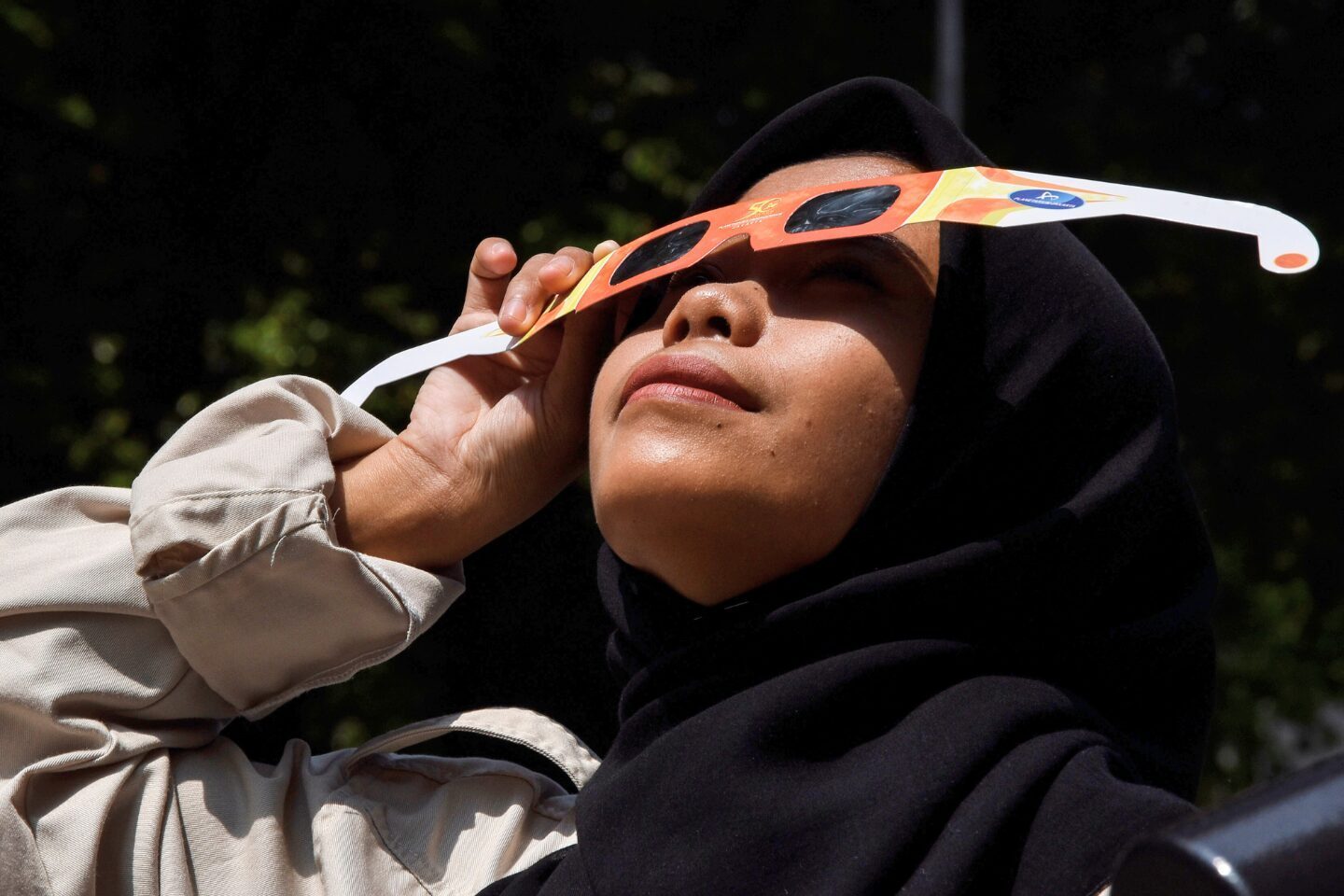Vision & Driving: How Eye Disease Can Affect Your Driving

Do you remember the process for getting your license? While it varies from state to state, in Texas, it requires passing a vision test. So, maintaining the eyesight that secured your license in the first place is essential as the years pass.
Unfortunately, 78% of adults over 55 will experience vision loss that can affect the ability to read road signs, drive at night, and cope with the glare from the sun, streetlights, and other headlights. While your vision naturally deteriorates over time, certain age-related eye diseases increase your chance of visual changes that make driving hazardous.
Continue reading to learn the importance of your vision on the road and how these conditions impact your ability to drive safely.
The Role of Your Vision When Driving
It’s no secret that your vision is one of your most important senses behind the wheel. These visual factors help you navigate the roads:
- Your visual acuity determines how clearly you can see objects. Glasses, contacts, and other corrective eyewear can bolster this aspect.
- Your visual field describes how wide an area you can see when focused on a central point.
- Color vision allows you to see traffic signals, brake lights, etc. easily.
- Contrast sensitivity boosts your ability to see pedestrians, lights, and road signs in bad weather and at night.
Eye Conditions That Impact Your Ability to Drive
Cataracts
Cataracts are marked by the gradual clouding of the lens, which reduces vision and can diminish color vision. These changes can impact your ability to distinguish traffic signals, amplify the brightness of headlights and streetlights, and make driving difficult in low light conditions.
Glaucoma
Progressive damage to the optic nerve can impact peripheral vision. Left untreated, glaucoma can result in vision loss and even blindness. This condition may make blind spots wider and cause blurring and halos.
Age-Related Macular Degeneration
AMD is the leading cause of blindness in those over 65. This condition affects the macula—the area of the eye responsible for central vision. Over time, you lose sharpness in your line of central vision, which, of course, impacts your ability to see road signs, traffic, pedestrians, and others right in front of you.
Diabetic Retinopathy
Damage to the retinal blood vessels caused by unregulated high blood sugar can cause floaters, patches, poor color vision, and blurring.
When to See Our Eye Doctors in Greater Dallas
While many of the above conditions will not cause symptoms in the early stages, there are a few signs that require immediate attention:
- Decrease in vision or blurring that makes reading signs difficult even while wearing glasses or contacts
- Glares or halos on oncoming lights and streetlights that make you disoriented
- Dark spots in central or peripheral vision
- Difficulty seeing road signs
Even non-vision-related incidents, like swerving, hitting curbs, or frequent dings, can signal that you may need to reevaluate your comfort when driving.
Getting yearly eye exams after 40 is crucial to catching new developments early and providing vision-restoring treatment. Our state-of-the-art equipment makes cataract and LASIK surgery a quick, painless procedure with high patient satisfaction rates. At Kleiman Evangelista Eye Centers, we offer various forms of vision correction surgery to keep you doing the things you love.









